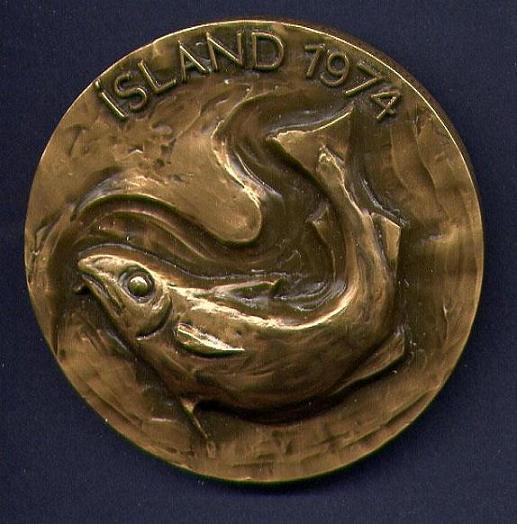Something Submarine: Bomb Dosposal
 You may believe the headline, or not: November 27, 2007 ... Navy deal for bomb disposal sub
You may believe the headline, or not: November 27, 2007 ... Navy deal for bomb disposal subThe Naval Sea Systems Command awarded a $2.7 Million contract for a prototype underwater bomb disposal vehicle to be used by the Navy. The HAUV is intended to navigate precisely on a curved ship's hull in order to inspect it, according to Bluefin.
... the HAUV (hovering AUV) is for ship hull inspection.
Closely held Bluefin Robotics Corp.'s products are capable of reaching the sea floor almost anywhere in the world and robust enough to be deployed in the Antarctic and the Labrador Sea, the MIT team has proven that AUVs can be a reliable, affordable tool. The inexpensive 6000 meter capable hovering autonomous underwater vehicles are intended for rapid deployments.
The HUAV is equipped with a Doppler Velocity Log, Inertial Measurement Unit, compass, Global Positioning System and a high-resolution DIDSON imaging sonar. Its lithium-polymer battery gives more than three hours of operation.
Products are specialized for three markets:
+Scientific research.
+Deep-water oil field surveying.
+Naval mine warfare and general clandestine battlespace preparation.
Detecting explosives attached to a ship's hull is certainly a mission in which the U.S. Navy's Explosive Ordnance Disposal Hull Unmanned Underwater Vehicle Localization System (EOD HULS) program has expressed interest.
Is hull survey the objective in producing an improved Bluefin-12 (HAUV) prototype worth $2.7 million? Bluefin-12 communication specs include Iridium modem with encryption hardware and P-code GPS.
M.E. suspects the other, more mysterious objective refining Bluefin-21 (BPAUV): general clandestine battlespace preparation. The Bluefin-21 (as in 21" diameter) BPAUV covertly gathers accurate bathymetry and bottom classifications for use in the early stages of battlespace preparation. It can operate in a wide range of weather conditions, day or night, without compromising data accuracy and can be deployed from ____ . With a range of 4o nm battery (400nm fuel cell).
Sending submarines for preinvasion reconaissance is a relatively slow, high-risk and high cost proposition reminiscent of WWII methods. Collected info on a beach in that era , for instance, might include charts, photos and other details on:
Location: (description; dimension; gradient; physical consistency); Surf and current; Hydographic Information; Terrain Inland; Beach Defense; Shore defenses, etc.
Submarines can extensively monitor electonic emissions, collect high tech, even video photography, and deploy UAVs for improved mine countermeasures and sea floor data collection, for instance. The time between survey and strike has been compressed from weeks to hours. Even edgy types like Amadinejad and Chavez can still be surprised if and when surprise became necessary.
M.E. has only touched the surface of the possible. Iran's frantic haste to produce nuclear warheads may cause its own scientists to take short cuts that accidentally release deadly radiation again. That may be more probable.



